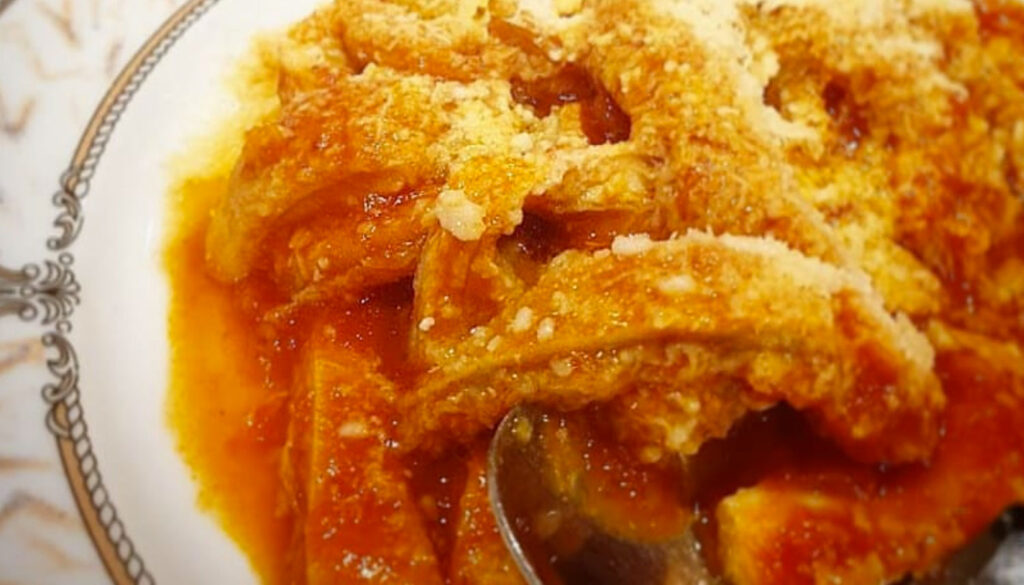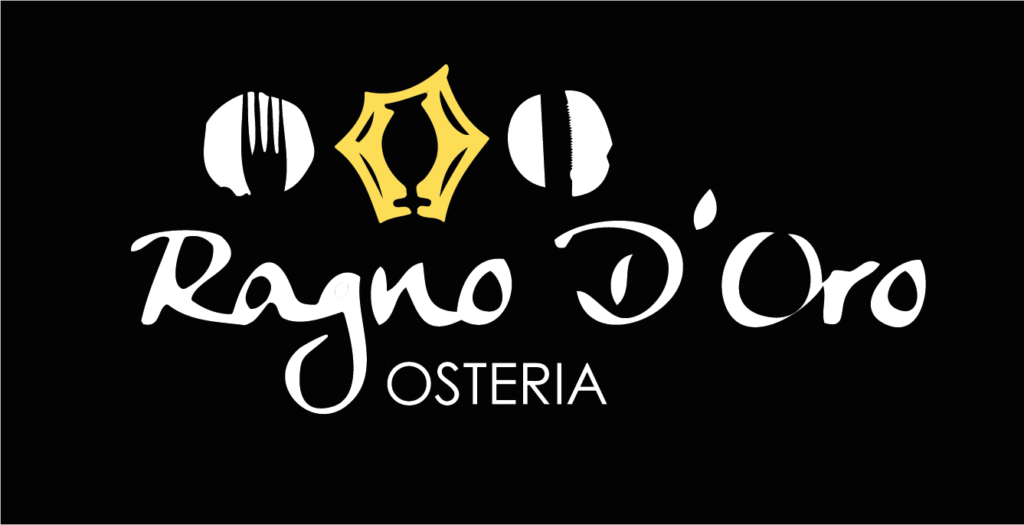Food in Italy, and particularly in Rome, has always been testimony and consequence of past traditions. Most dishes and recipes do not simply exist; they tell us a story of populations and historical periods that are deeply tied to our origins.
In the homes of the rich bourgeoisie
The wealthy bourgeois of ancient Rome were accustomed to consuming sumptuous meals rich in delicacies. Their banquets were true ceremonies, often accompanied by entertainment such as music and dance. Roman nobles enjoyed a wide variety of foods, including fine meats, fresh fish, exotic fruits, and delicacies from all parts of the Empire. The main courses consisted of meat or fish: lobsters, oysters, chicken, hare, veal, or pork. The consumption of cured meats was enormous, and appreciated were poultry meats, both from the farm and from aviaries.
The Cardinal’s Pharaoh: renaissance masterpiece of roman cuisine
The Roman aristocracy and clergy of the time represented the richest and most important part of the population, and therefore a certain type of cuisine was destined for a restricted circle of people. From these needs arose dishes such as the Cardinal’s Pharaoh. It is a very long and complex renaissance recipe composed of an aromatic base of celery, carrots, onions, leeks, and shallots that give depth to the taste, while pork, veal, and poultry marinate for 24 hours in a mix of flavors, red wine, vinegar, and pear or apple liqueur. The filling, rich in roasted chestnuts, apricots, prunes, pistachios, and parmesan cheese, enhances the flavors of the meats, to which elements such as foie gras, white lard, raw ham, and guanciale are added. A mustard and honey cream envelops everything, while pomegranate, pizzutello grapes, currants, and oranges add freshness. Roasted bones create an accompanying sauce that enhances the flavors of this culinary masterpiece.
Popular culinary traditions
Conversely, everything considered “waste” for the illustrious bourgeoisie, such as the famous “offal,” became daily bread for the poorest. However, this does not mean that they did not know how to prepare the best of the taste of the raw materials they managed to find. We all know the main first courses of roman tradition such as carbonara, amatriciana, and gricia, but in a traditional roman meal worthy of respect, the second courses of popular tradition reign supreme.
Popular culinary traditions you can find in our menu:
Roman-style Tripe
A cornerstone of poor cuisine, considered at the time the “fifth quarter” since the best quarters were destined for the bourgeoisie. Currently, roman-style tripe is a pillar of traditional rcuisine, and its preparation requires the use of distinctive ingredients such as tomato puree, fresh mint, and a generous sprinkling of grated pecorino romano cheese. This recipe is as famous as it is loved, and has found appreciation even among prominent figures, including the charismatic Sora Lella.
Roman-style Saltimbocca
It is said that Roman-style Saltimbocca was born as a typical dish of the cuisine of the Roman forums, prepared for the workers and merchants who frequented the area. Probably, as suggested by its name “jump in the mouth,” they were easily consumed by people who wanted to nourish themselves with taste and quickly. The traditional recipe for Roman-style Saltimbocca involves thin slices of veal wrapped with a sage leaf and a slice of raw ham, held together by a toothpick and floured. They are then browned in a pan with butter and olive oil and deglazed with white wine.
Roman-style Artichoke
The Roman-style Artichoke is a traditional dish of roman cuisine, known for its simplicity and unique flavor. This recipe is an icon of roman gastronomy and has ancient roots dating back centuries. To prepare the Roman-style Artichoke, a fresh and young artichoke is used, which is cleaned and deprived of the toughest outer leaves. Subsequently, the heart of the artichoke is filled with a mixture of chopped parsley, garlic, mint, black pepper, and breadcrumbs, enriched with extra virgin olive oil. Once prepared, the artichokes are steamed or boiled until they become tender. The beauty of the Roman-style Artichoke lies in its versatility as it can be enjoyed as an appetizer, side dish, or even as a light main course.
A culinary heritage to preserve and celebrate
Roman cuisine is much more than just a culinary experience; it is a journey through the history, culture, and traditions of one of the most fascinating cities in the world. From ancient Rome to the present day, roman dishes have retained their charm and appeal, continuing to conquer the palates of anyone who ventures into the alleys and squares of the eternal city. Whether you are enjoying a traditional carbonara or a modern reinterpretation of a classic, every bite is a tribute to the richness and diversity of roman cuisine, a culinary heritage to preserve and celebrate for generations to come.
So, when you are in Rome, be sure to fully immerse yourself in the gastronomic experience, discovering the authentic flavors that have made this city famous over the centuries.
What are you waiting for? Come visit us, Book now!!

